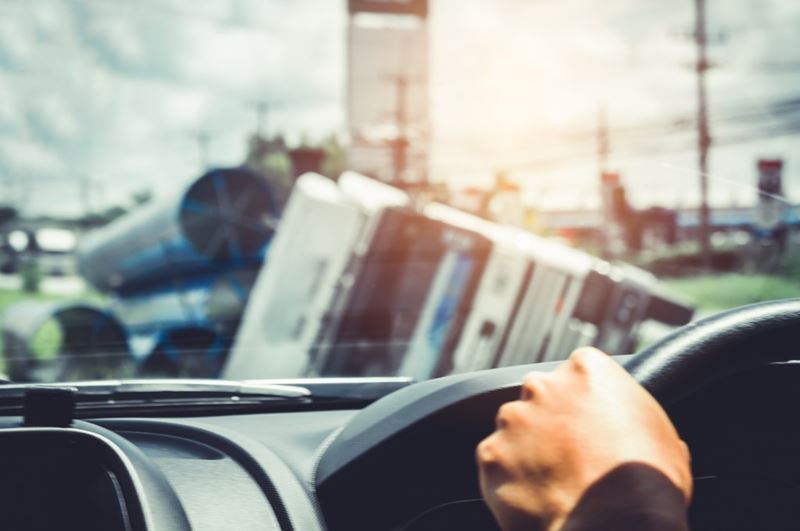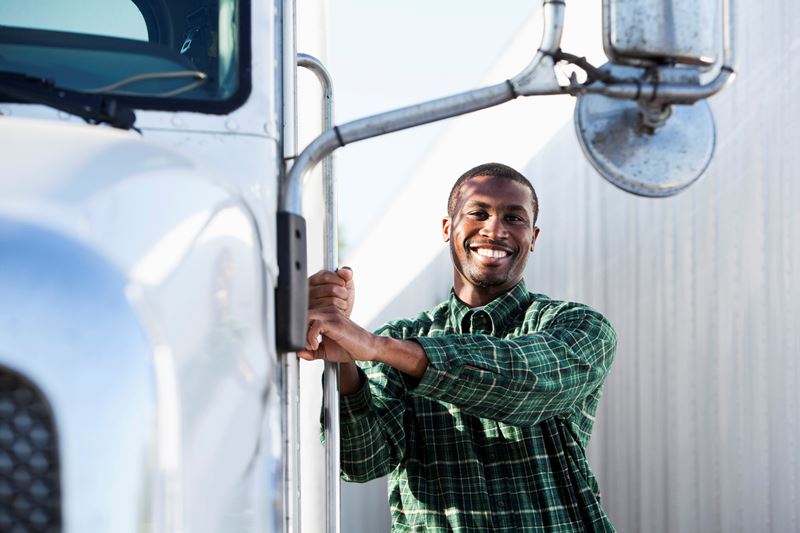How to contain fuel spills
How to contain fuel spills
Smaller fuel spills from tractor-trailers might not make the headlines like fuel tanker accidents do. However, they too can have a detrimental impact on the environment and the community, particularly if a spill occurs near a body of water; if it’s not dealt with properly, even a small spill can lead to expensive cleanup costs.
The trouble is, fuel tank spills aren’t very common, so many operators don’t train their drivers on how to contain spills. But as the saying goes, “accidents happen,” and drivers need to be prepared. A fuel spill can be caused by any number of reasons, for example, the tank could be punctured if the driver hits an object that isn’t visible from the cab, or if they’re involved in a collision.
For fleet operators, providing their drivers training and resources is critical to help reduce the environmental and financial costs of a spill. What’s needed is an emergency response plan (ERP) that details what drivers should do in the event of a fuel spill. Here’s a general overview of best practices and tips developed by Canadian Fuels Association that should be included in the ERP for a fuel spill:
- Train drivers: Before drivers set out on the road, they should be trained on how to use spill-kit equipment – it’s also a good idea to include directions for use with the kit itself. While spill-kit equipment likely won’t contain the entirety of a spill, it can assist in the initial response, acting like an emergency first aid kit.
- Report the incident: A driver’s first step is to report the incident to the authorities, calling the police and/or emergency responders, as well their employer. Drivers should be given information on who to contact and their daytime and after-hours phone numbers. They should have an understanding of the information they need to communicate about the incident (for example, the location of the spill and the nature of the emergency).
- Secure the scene: The driver needs to assess the scene and plan a course of action if they are uninjured and it’s safe to do so. The driver should secure the area, which could include traffic control measures (for example, putting orange cones out to stop other vehicles from driving through the spill), and ensuring people are in a safe location if authorities haven’t yet arrived on scene.
- Assess for hazards: As part of a training program, drivers should understand the basic fire hazards of petroleum and potential hazards from static electricity and how to minimize those hazards. For example, stepping into the fuel has the potential to provide static discharge that ignites the fuel, so the driver has to be extremely careful around the spill. Drivers should also understand the requirements for basic personal protective equipment (PPE).
- Contain or confine the spill: Following the safety assessment, the driver should take action either to contain (keep fuel in its container) or confine (keep it in a defined area) using a spill kit and other equipment provided by their employer. Some key practices include:
- Protecting bodies of water such as a stream, river or lake by digging up dirt and creating a ridge or ditch to mitigate the spread of fuel.
- Covering up storm sewer drains or manholes with a rubber mat provided in the spill kit, or any other covering such as a plastic bag.
- Plugging the fuel tank to prevent more fuel from spilling out. There are various products on the market designed to plug damaged gasoline and diesel fuel tanks.
- Soak up the spill using hydrophobic absorbent material such as hydrophobic booms, socks or pads. Hydrophobic absorbent material works best for fuel or oil spills because it only absorbs fuel or oil, not water.
If you don’t have one already, it is advisable to get started on creating an ERP and driver training program. Develop a list of companies that provide services such as fuel spill cleanup and environmental remediation and contact them to ensure they’re a responsive partner if you need to call on them. Perform mock emergencies to put driver training into practice. Finally, contact your broker to find out if, and under what insurance policy, your business is covered in the event of a fuel spill arising from an automobile accident. A well-developed ERP, combined with insurance coverage suited to the needs of your business, is the best defense in the face of smaller fuel spills.
Source: Canadian Fuels Association, Land Transportation Emergency Response Guideline for Petroleum Spills, Jan. 2013



